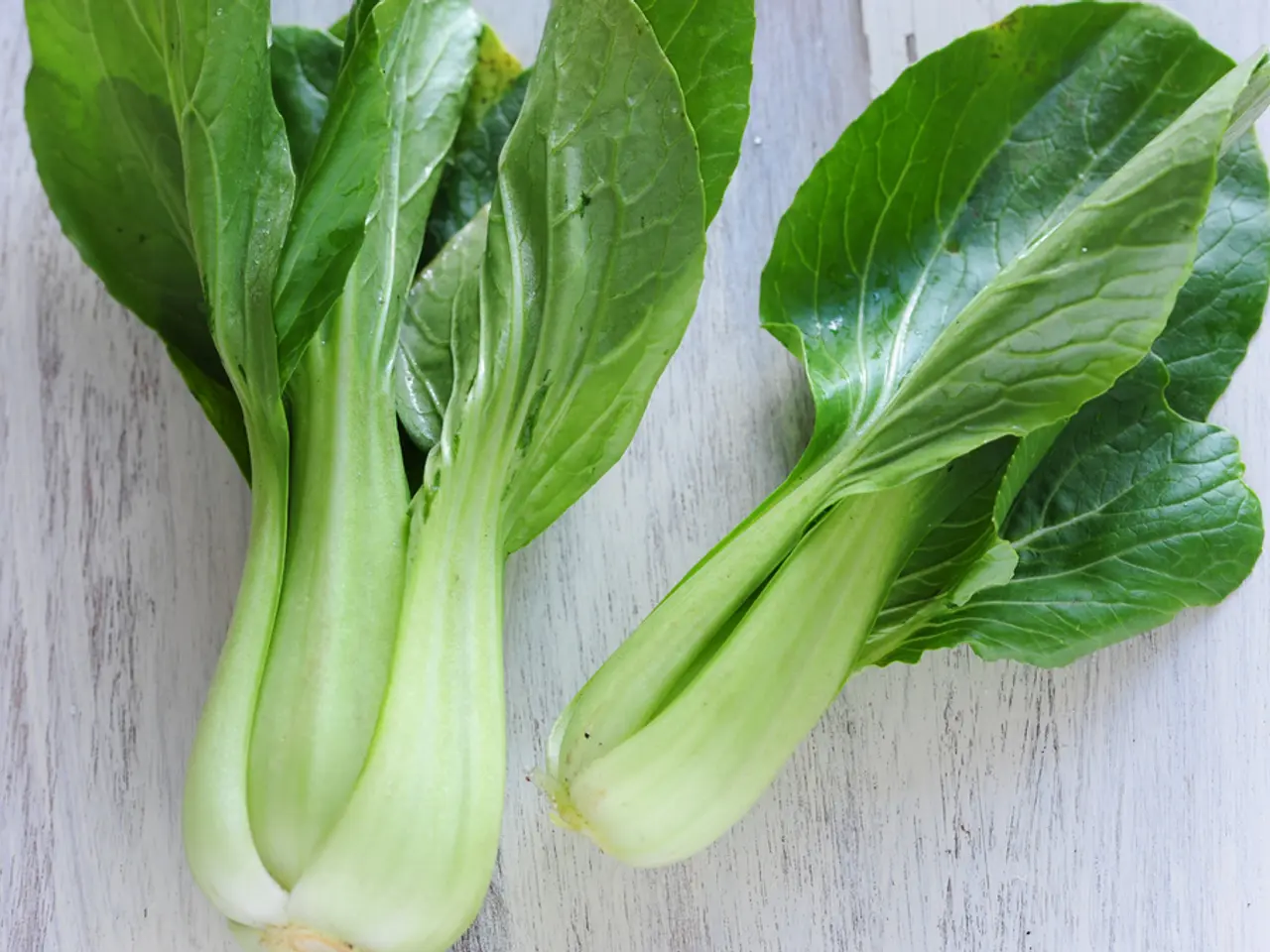Top Winter Veggies for Harvesting
As the autumn leaves begin to fall and the days grow shorter, many gardeners might think their green thumbs will have to take a break until spring. However, this is far from the truth! With the right protective measures in place, a bountiful harvest of winter vegetables can still be achieved.
Leafy crops like chard, parsley, and rocket can be sown in late summer to autumn and overwinter with some protection. For instance, chard can be thinly sown in September, thinned to 25-30cm apart, and covered with a cloche or horticultural fleece when frosts are forecast. A particularly attractive and hardy variety of kale, 'Nero di Toscano', also thrives in cold conditions.
Root vegetables are another great option for winter gardening. Parsnips, such as the 'Tender and True' variety, bear long, slender roots that are perfect for roasting and mashing. Sow parsnips thinly in spring and thin to 15cm spacing in rows 30cm apart. Maincrop turnips are fantastic winter vegetables and can be added to soups, stews, and roasts. 'Golden Ball' turnips, in particular, are ideal for roasting and grilling.
Celeriac, a close relative of celery, also thrives in cold weather. 'Mars' is a variety that bears large roots that can be overwintered in the ground with some protection and stores well. Celeriac can be used as a puree or roasted, making it a versatile addition to any winter meal.
Brassicas, such as broccoli, cauliflower, kale, cabbage, and Brussels sprouts, are excellent for cold weather and can be grown in unheated greenhouses or cold frames, benefiting from the protection against frost. 'Brodie F1' Brussels sprouts is a variety that bears super sweet buttons and is the supermarket's choice.
Vegetables like lettuce, spinach, and mizuna can continue to grow well in cooler conditions, making them perfect choices for winter salads. Some varieties can be grown throughout the winter with protection, such as 'Winter Density' lettuce and 'Bloomsdale Longstanding' spinach.
Using fleece, cloches, and unheated greenhouses or cold frames can significantly extend the growing season for various winter vegetables. Fleece is useful for protecting plants from frost and cold winds, while cloches can be used to cover individual plants or small beds, providing additional warmth and protection from frost. Unheated greenhouses and cold frames provide a sheltered environment for plants to grow over winter, offering protection from harsh weather conditions.
These tools help create a microclimate that extends the growing season, allowing gardeners to enjoy fresh winter vegetables even in colder climates. So, don't let the chill in the air deter you from gardening! With a bit of planning and the right protective measures, you can continue to reap the rewards of your green thumb well into the winter months.
Enjoy a variety of vegetables in your home-and-garden throughout the colder months by sowing leafy crops like chard, parsley, and rocket in late summer to autumn and protecting them with a cloche or horticultural fleece when frosts are forecast. Also, consider root vegetables such as parsnips, turnips, celeriac, and other brassicas for your home-and-garden lifestyle, as they thrive in the cold weather when provided with the right protection.




